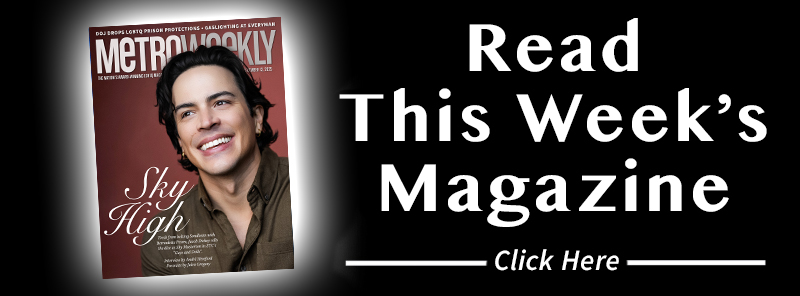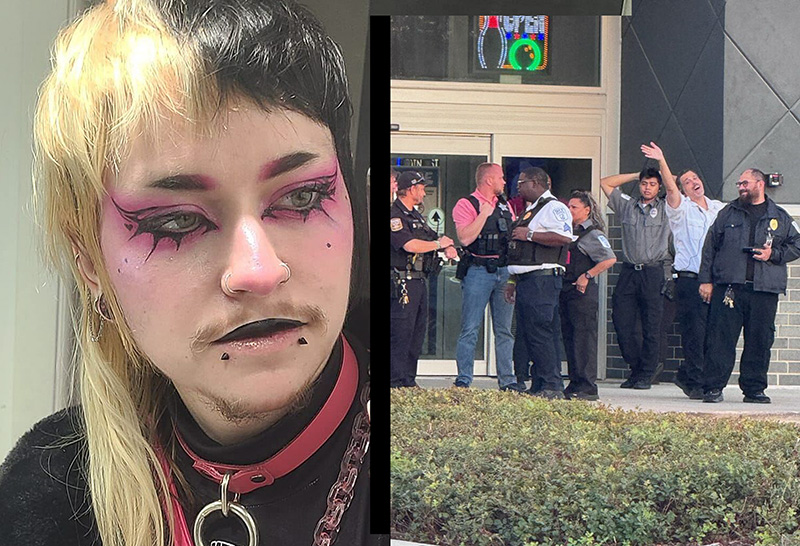This September, same-sex couples in America will have lived under the Defense of Marriage Act — a federal law that both defines those relationships out of existence across the U.S. government and purports to forbid states from being forced to recognize same-sex marriages performed anywhere else in the country or around the world — for 15 years.
Today, activists, advocates, lawmakers and lawyers are taking aim at the law — from the effort to repeal the law in Congress to the cases challenging the law in court. Since Feb. 23 — when the administration decided that, as to the federal marriage definition, it would no longer defend — DOMA has been everywhere. When the House Republican leadership voted to take on the defense of the law, the stories only increased.
Despite the attention, few people are really talking or writing about the passage of DOMA and how it happened. Signed into law by Democratic President Bill Clinton, the bill was introduced in Congress by Republican Rep. Bob Barr of Georgia on May 7, 1996 and quickly made its way through Congress and to the president’s desk.
In this week’s issue of Metro Weekly, I begin a series of articles looking at the law. The aim of the series is to present an in-depth examination of the circumstances, consideration and passage of DOMA. In doing so, I hope to take readers to places they’ve not often gone — starting with Thursday’s cover story, “Domestic Disturbance,” which examines the early debate over marriage within the gay and lesbian community.
Twenty-five years ago — as a community organizer named Barack Obama was thinking about attending law school — it was by no means clear that the gay and lesbian community even wanted marriage, let alone would become almost wholly committed to securing marriage — with many pressuring now-President Obama to support marriage equality before the 2012 election.
Here’s the story, and here’s the cover by Metro Weekly art director Todd Franson …



























